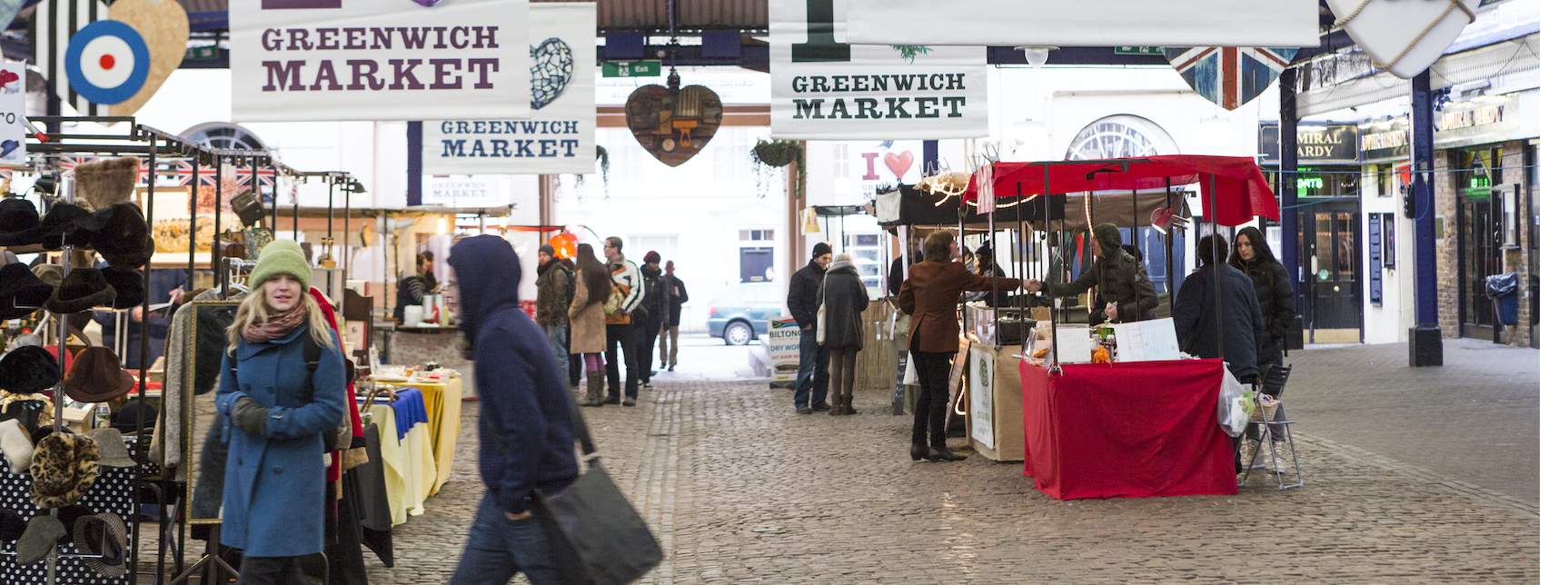The Government's advice to work from home where possible has changed the structure of our daily lives in a way we just couldn’t have anticipated at the start of 2020.
Many of us have steered clear of our usual commutes into city centre locations and as a result have rediscovered our local areas, trading central London shopping and dining for more local establishments.
This significant reduction in travel into centralised workplaces has sparked an increase in the utilisation of our local high streets and nowhere is this more prominent than in London, due to the sheer size of its commuter belt.
The Greater London Authority (GLA) suggests that 90 per cent of London’s population lives within 10 minutes of their local high street, so, with many of the population working from home over the past seven months, this has inevitably boded well for local spend across outer boroughs.
Reviewing Google Mobility Data for the six weeks to 23 October we can see that central London boroughs such as Westminster and the City of London were still significantly down on pre-Covid movement levels, at -62 per cent and -72 per cent respectively, compared with some areas such as Waltham Forest, Sutton and Ealing, which have seen footfall levels return to -17 per cent, -19 per cent and -20 per cent.
This is of course still down on 2019, but provides a more promising outlook, though the Government’s revisited advice to work from home, along with the introduction of another lockdown, is expected to put the brakes on the recovery process for now.
We can also see this trend reflected in data from TfL. In the week to 11 October, journeys across outer London boroughs were down -52 per cent compared with the pre-Covid levels in January. Meanwhile, City and West End stations were down -76 per cent and -68 per cent respectively.
This shift towards outer boroughs can be seen in the reopening strategies of many retailers, with the likes of Space NK, for example, opting to reopen sites in affluent residential locations such as Wimbledon, Weybridge and Richmond ahead of centrally located stores.
In addition, other retail and leisure operators, such as Pret A Manger, have recently announced strategic shifts towards opening more suburban sites, with Pret ditching its mantra of ‘follow the skyscraper’ to ‘follow the customer’.
Regarding spending, analysis from Centre for London, using MasterCard data, suggests some outer London boroughs have demonstrated significant ‘suburban recovery’, with areas such as East Ham and Southall already surpassing pre-Covid spending. In contrast, expenditure in central London remains considerably lower.
With the implementation of a second lockdown, this shift towards suburban locations looks here to stay for the foreseeable future, potentially boosting spending across essential retailers in local London neighbourhoods.
However, while the current situation is exceptionally challenging for central London, the longer term fundamentals of prime retail locations are still robust. Tourists and office workers will return, albeit in a different fashion compared with pre-pandemic and therefore retailers will continue to see the value in having a store in a key city centre location. We may simply see more of a balance between central locations and their suburban neighbours.
Further information
Contact Savills Central London Retail

.jpg)



.jpg)




